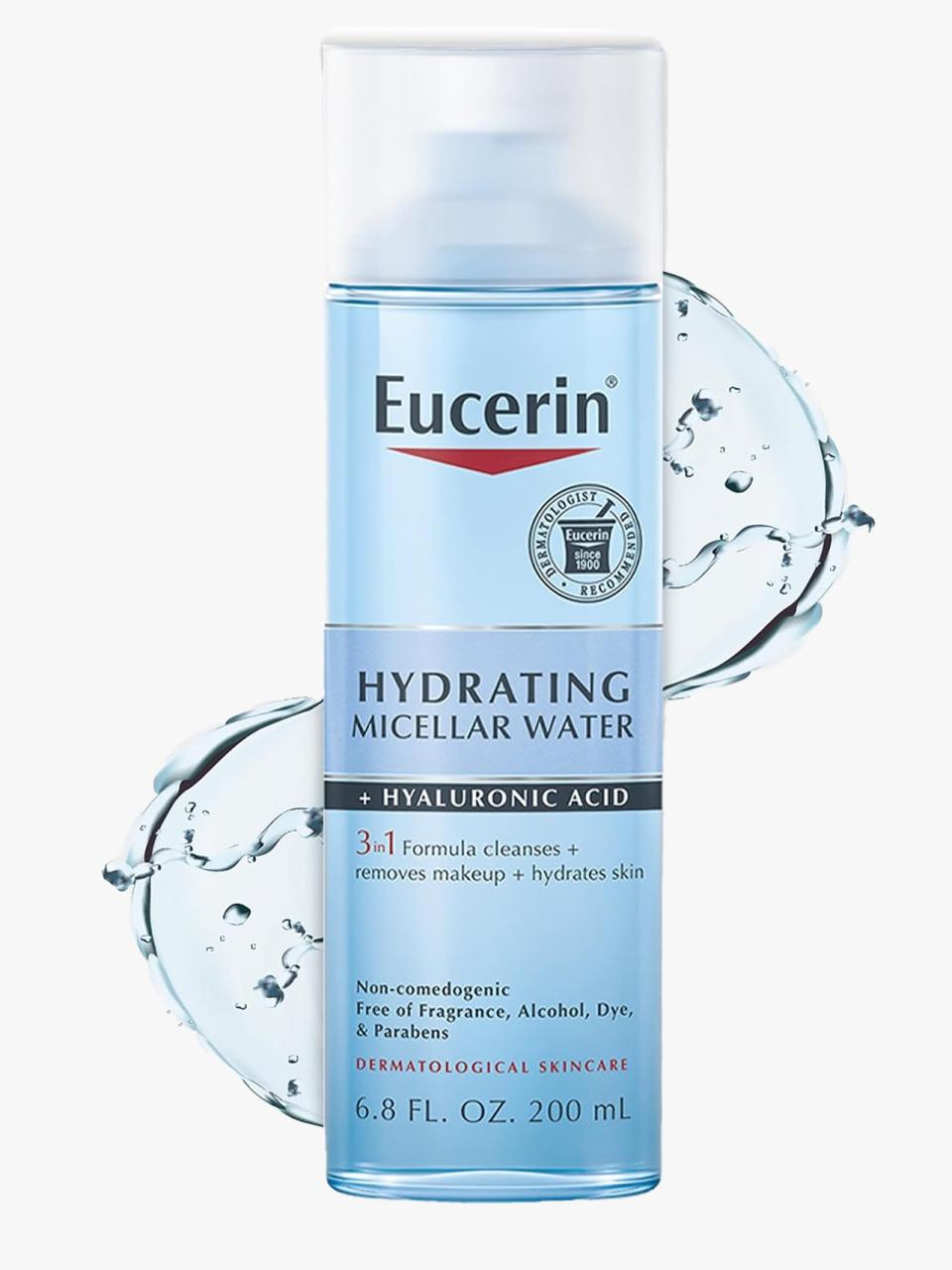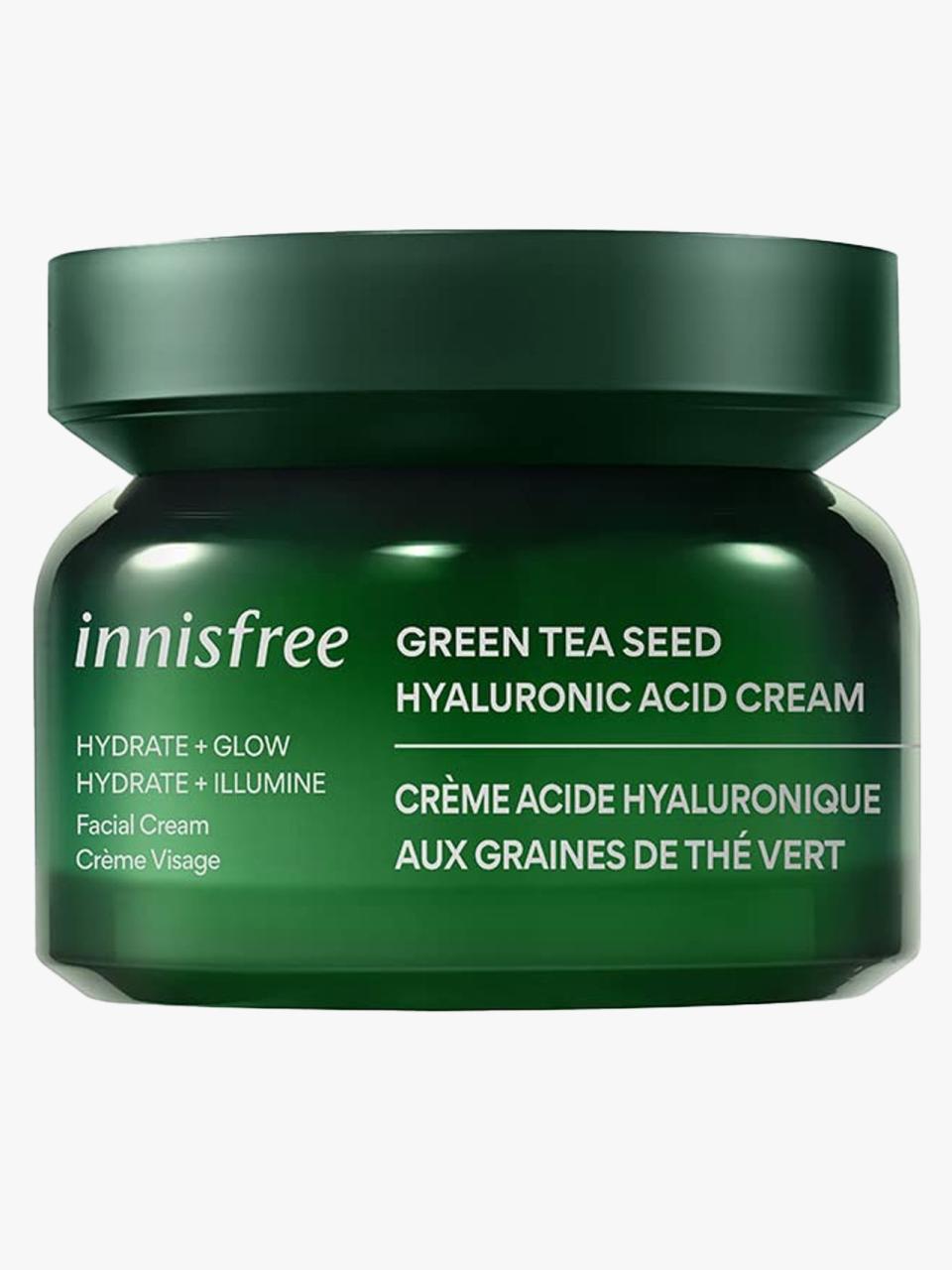Experts Say Understanding Your Skin's pH Balance Is the Key to a Happy Complexion

H. Armstrong Roberts/ClassicStock
In skin care, there are two things we’re always trying to keep balanced: oil levels and pH levels. A terrific skin toner will help manage both matters, but that’s tough to achieve because many toners that help to control oil levels might be so drying—or overly acidic—they, in turn, throw your pH levels out of whack. This brings us to the biggest question of them all: What are pH levels, and why is it important to keep them balanced? Understanding the answer will transform your skin care regimen—often, simplifying it—and the result will be calmer, happy skin day in and day out.
What is pH?
While it’s not imperative to get into the textbook-level definition here, know that pH stands for “potential hydrogen,” and it is a measurement along a spectrum of something’s acidity or basicity. Remember in high school chemistry, having to classify substances as acidic or alkaline (basic)? It’s that IRL. There is a zero to 14 scale denoting if something is acidic (low pH) or basic (high pH). The middle, seven, is neutral, and anything less than that increases in acidity to zero, whereas anything above it increases in alkalinity to 14. Different elements and organisms carry different pH levels; a neutral seven isn’t necessarily equilibrium. Skin’s own pH levels are just south of that number. In fact…
Skin’s pH Explained
Most important for this topic is the skin’s natural pH level, which, depending on the individual, is usually somewhere between five or six on the pH scale, says board-certified dermatologist Tsippora Shainhouse, MD, of SkinSafe Dermatology in Beverly Hills. She adds that some people’s natural pH might even be as low as 4.7.
Yes, that means that skin leans slightly acidic. So, while a pH level of seven is purely neutral on the spectrum itself, human skin needs to stay in a more acidic range to be balanced, and there are many things that can work against this harmony, especially when certain skin care products and environmental factors are introduced. If you let skin skew too far away from this five to six region, you risk disrupting its barrier functions. “The skin’s acid mantle, a.k.a. the skin barrier, is made up of sebum, lactic acid, and amino acids. This barrier enables the skin to retain moisture, keep out germs, damaging UV rays, and environmental pollutants, and prevent it from becoming irritated by topical chemicals and skin care products,” explains Dr. Shainhouse.
There's no easy way to check the pH balance of your skin. But there are other, more indirect, ways to monitor it.
How to Know Your Skin’s pH is Imbalanced
If your skin is inflamed, dry, irritated, and overly sensitive, it might be suffering from a high pH, Dr. Shainhouse says. “The alkali strips the skin of its protective properties. It can lead to premature skin aging and wrinkling.”
Low skin pH—again, meaning it has gotten too acidic—manifests as redness, irritation, oiliness, or increased acne. “Many skin care products are acid-based and can help treat some acne, but overusing them can remove the protective skin barrier, leaving skin irritated and hypersensitive,” Dr. Shainhouse says. (She's speaking about lactic acid and glycolic acid, which, while both helpful in their own right, can be easy to over-exfoliate. On the other hand, salicylic acid is more neutral and less caustic on the skin.)
“Healthy skin with a normal pH appears smooth and soft without tightness, dryness, flaking, irritation, or itching,” Dr. Shainhouse says. It doesn’t react or become sensitive to skincare products that you use regularly.”
How to Keep pH Levels Balanced
1. Toners: Skin toners are the gold standard in balancing pH levels, especially for people who use a lot of products. They are typically applied after cleansing and exfoliating but before any serums or moisturizers. The most common ingredient in toners is witch hazel, though many deploy soothing green tea or chamomile extracts to help soothe skin.

Witch Hazel Toner With Aloe Vera
$11.00, Amazon
2. Salicylic acid: Low-grade salicylic acid products also tone the skin since the ingredient's pH level hovers closer to four. You can find a soothing or gentle cleanser that deploys salicylic acid in low-grade concentrations for daily toning. The ingredient also dissolves dead skin from inside the pores and excess oil levels for an overall skin-balancing act.
Higher-grade salicylic acid formulas will have a more drying or reddening impact on the skin and might be better deployed on acne-prone skin or at-home facial peels. In short, err on the side of gentle salicylic acid formulas for a toning result; some might include soothing ingredients to further balance the overall formulation.

Hydrating Cleanser
$15.00, Target
3. Filter hard water: If you’re showering with hard water, you may already be throwing your pH levels off each time you wash. “You want soft, non-alkaline, non-mineral, heavy water for bathing,” says Dr. Shainhouse. She suggests getting a water softener if your skin and hair are consistently too dry.
4. Micellar water cleansers: These are watery cleansers that many people use to remove makeup and that have a very gentle impact on the skin. They aren’t thorough cleansers by any means, but let’s say you wash your face in the evening with something more heavy-duty, then in the morning, use simple micellar water to rebalance things before work without any threat of irritation. Like toners, they also tend to include soothing ingredients.

Micellar Water
$11.00, Amazon
5. Hydrating (and slightly acidic) body cleansers: Don’t forget to keep your entire body’s pH as balanced as possible. This means using cleansers that promise to hydrate and calm skin. Many soaps of yore were made of lye, which is ultra-alkaline and dries out the skin. To maintain proper acidity levels, Dr. Shainhouse suggests using something slightly acidic—with alpha- or beta-hydroxy acids (like glycolic or salicylic acids).

Unscented Body Wash And Bubble Bath
$22.00, Sephora
6. Gentle, nourishing hair care products: Scalp care is skin care, too! Maintaining a balanced scalp will mitigate flaking, inflammation, and itching (while promoting a harmonized growth environment for your hair follicles). Perhaps the best thing to focus on is conditioner. “Hair conditioner is actually a ‘toner’ in that it can pH balance the hair after it is altered by alkaline tap water or drying, stripping shampoos,” Dr. Shainhouse says. But to that same point, she suggests using gentle shampoos that don’t suds up with sulfates—comparing them to the overdrying soaps that dominated store shelves decades ago. There is no excuse for overly drying daily shampoo anymore.
Side note: Your hair has pH levels, too, though it's in the same approximate range as your skin, so anything that works for one will typically work for the other.

Renewing Conditioner
$42.00, Amazon
7. Moisturize to the max: Lastly, Dr. Shainhouse says that moisturizers add the important levels of hydration that keep skin balanced, while reparative formulations like ceramide- or hyaluronic-acid-packed products will help seal a broken skin barrier to minimize moisture loss and prevent irritation.

Moisturizer With Green Tea And Hyaluronic Acid
$29.00, Amazon

Body Gel Cream With Hyaluronic Acid
$9.00, Amazon
Originally Appeared on GQ

